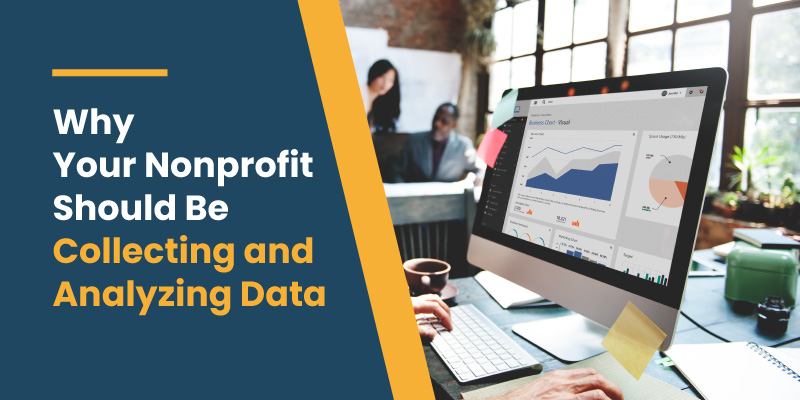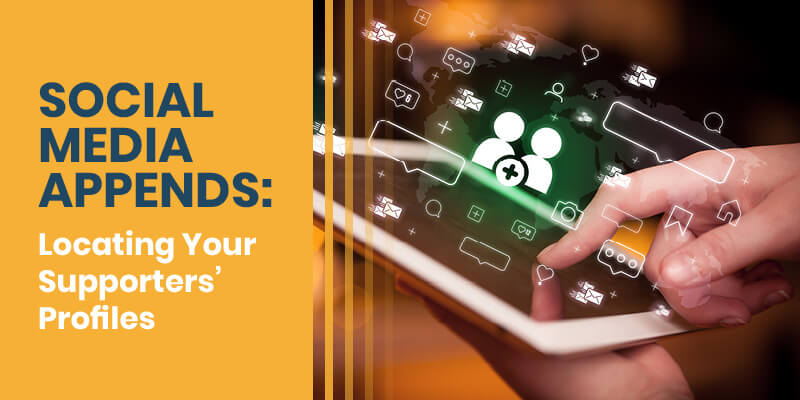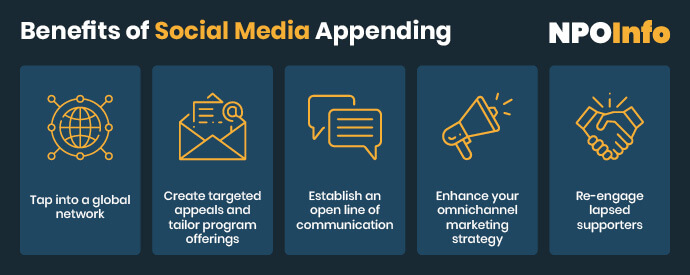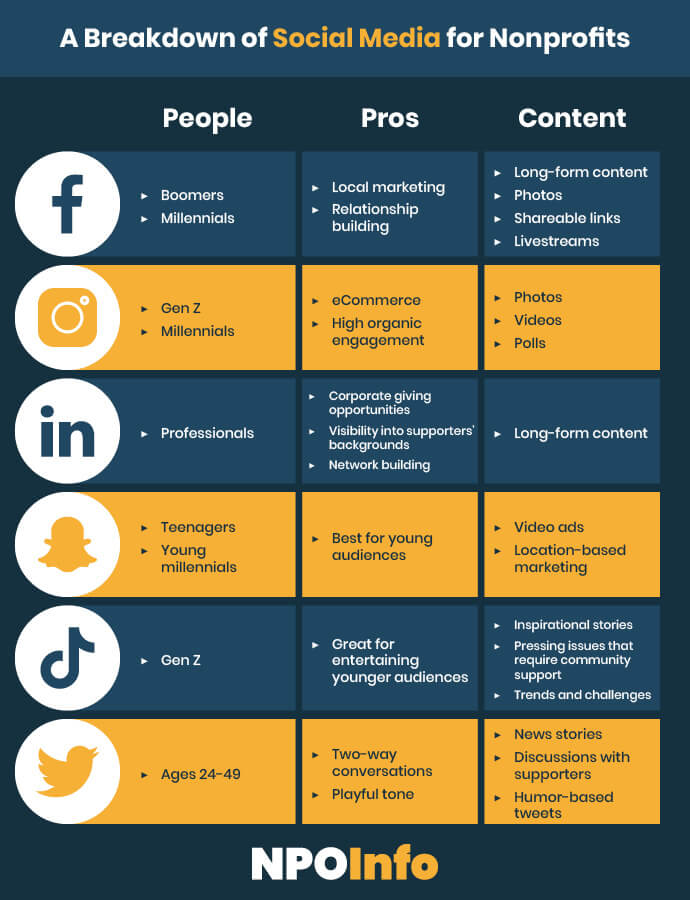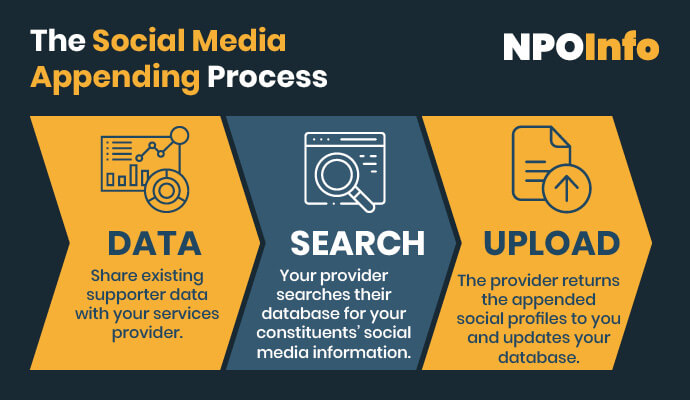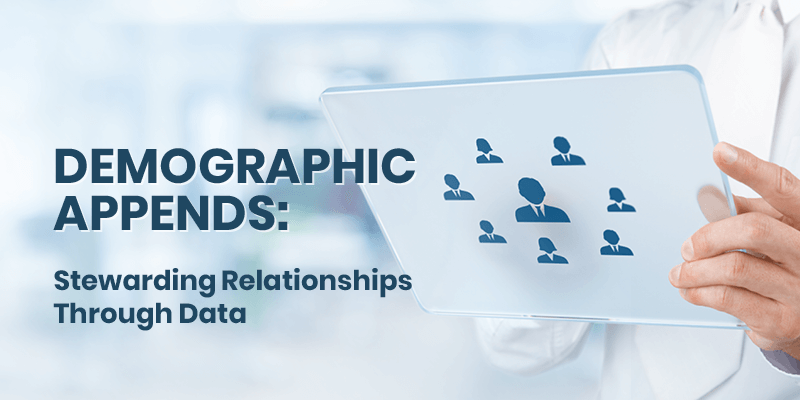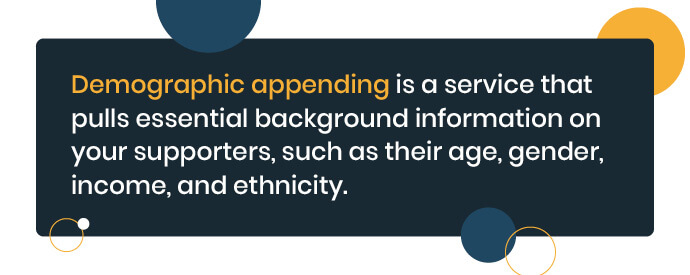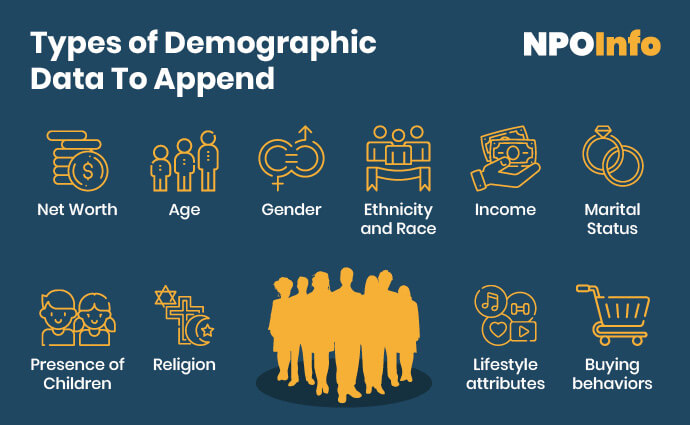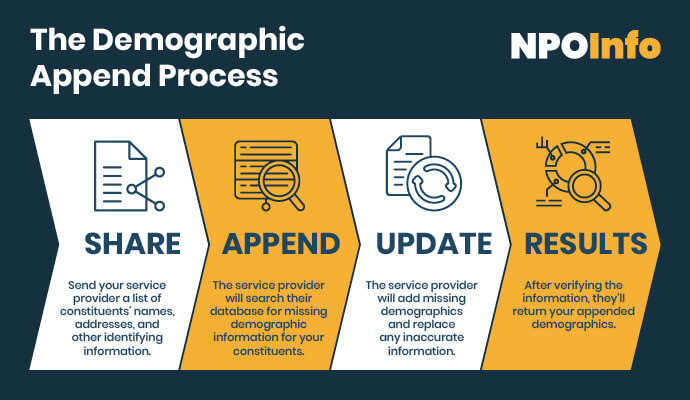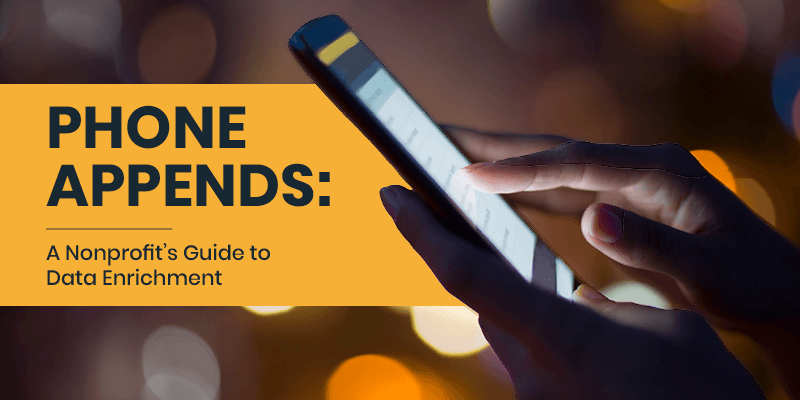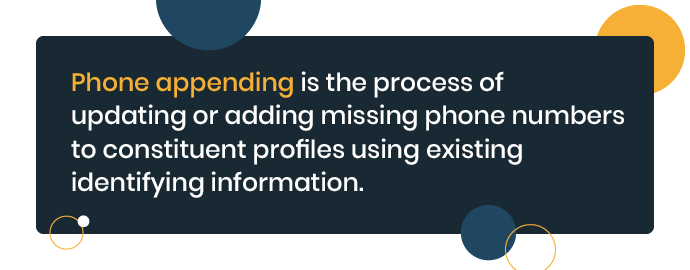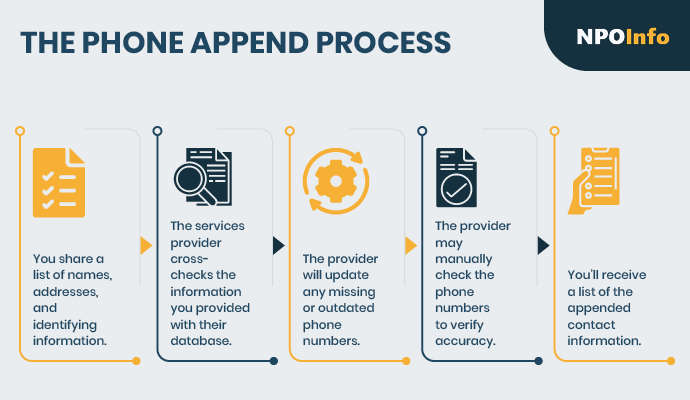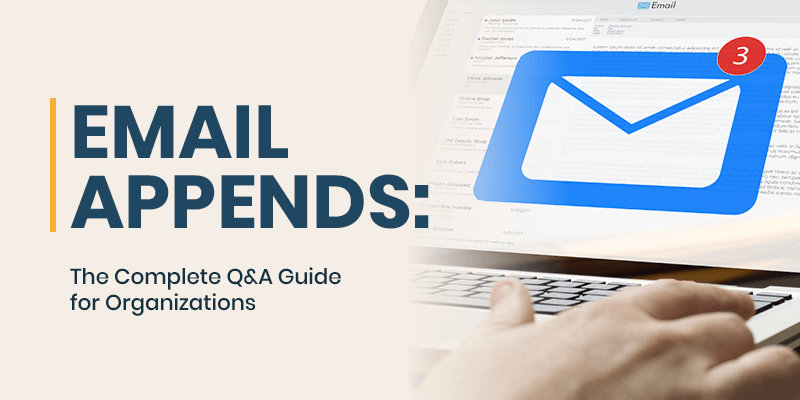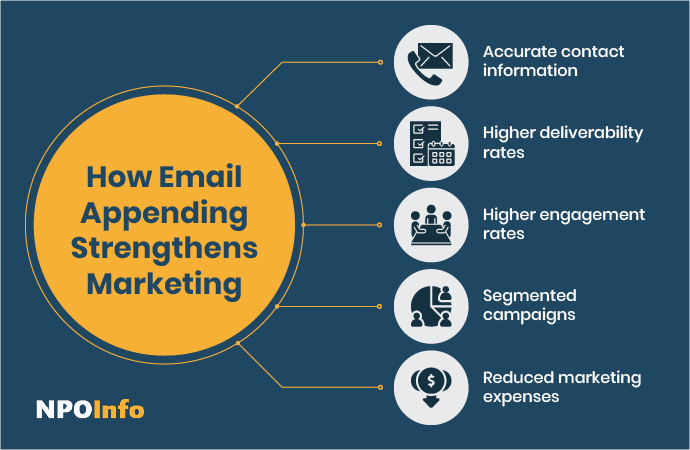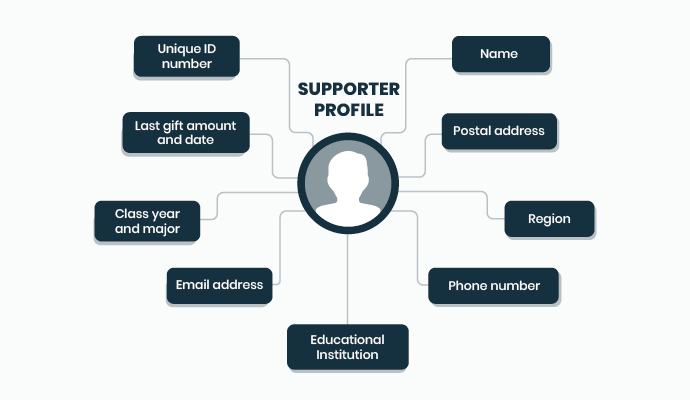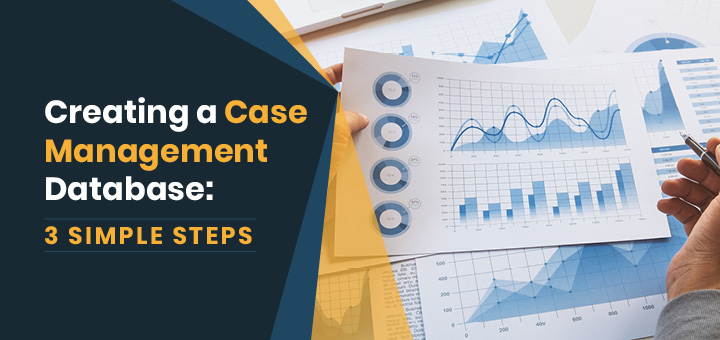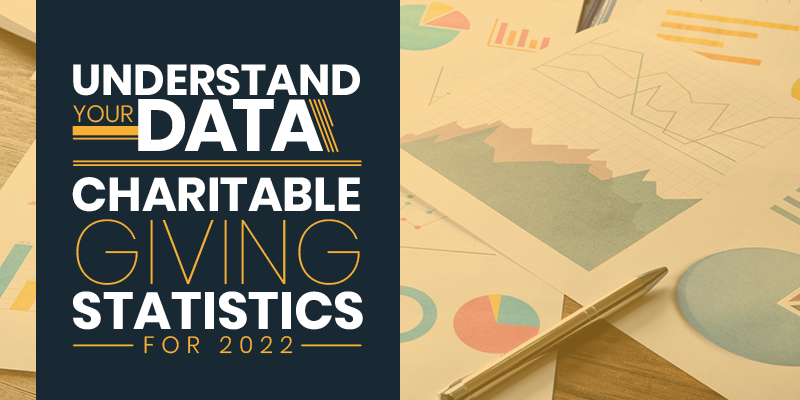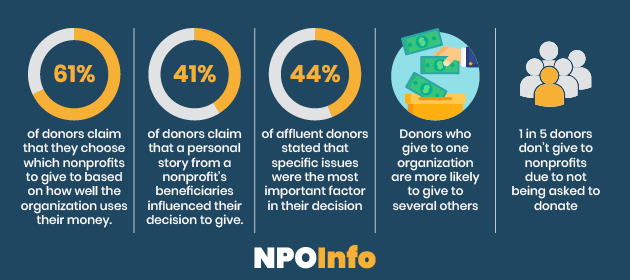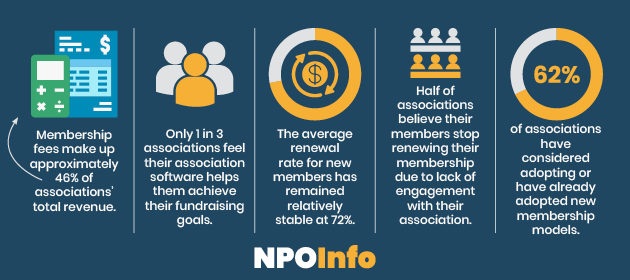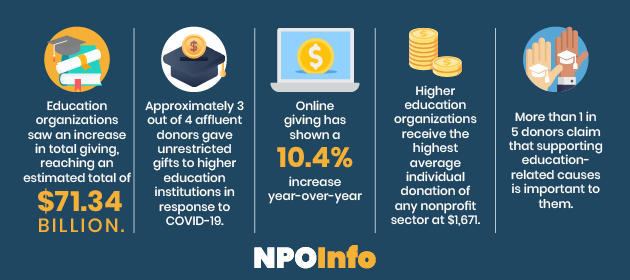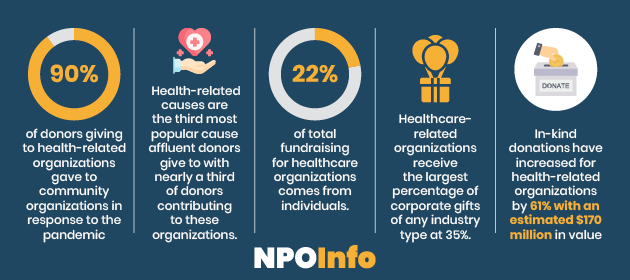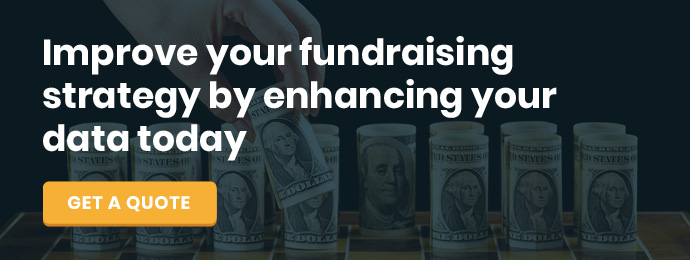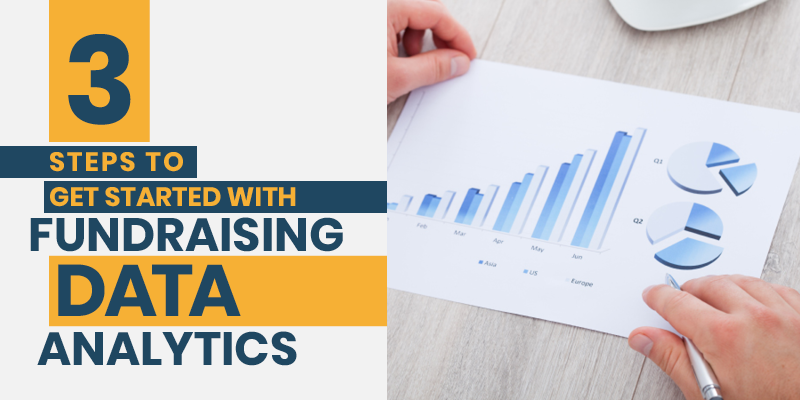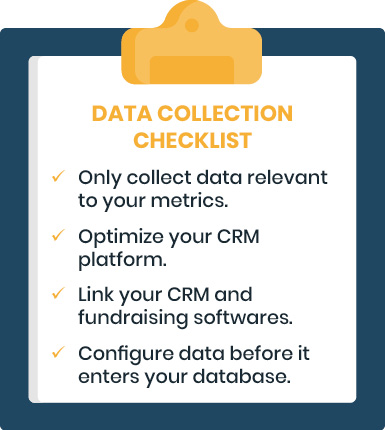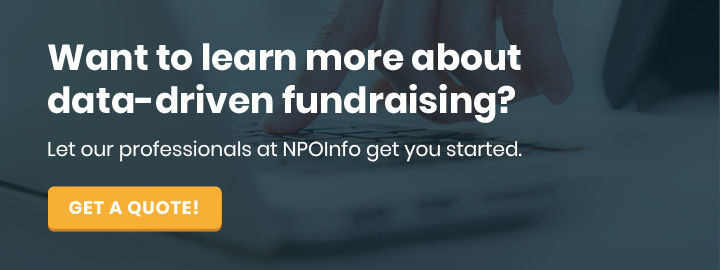How to Collect and Use the Data In Your Donation Form
Whether it’s a physical sheet of paper or a page on your organization’s website, a donation form is a crucial component of any nonprofit’s giving process.
A donation form not only allows you to accept and record donations, but when created correctly, a donation form can unlock powerful data to track fundraising trends, make informed decisions, and strategize future fundraising efforts. Moreover, donation forms can reveal valuable insights into how supporters give to your organization and how best to communicate with them in the future.
With this in mind, in this guide, we’ll answer the following frequently asked donation form-related questions:
- What is a nonprofit donation form?
- What should be included in a donation form?
- What data should you collect from a donation form?
- How do nonprofits collect donation form data?
Before diving into building a data-driven donation form to boost giving to your organization, let’s first review its core components.
What is a nonprofit donation form?
A donation form is a key tool used by nonprofits to collect information and process contributions. Donation forms can exist both as physical forms that supporters can fill out by hand and as digital forms that supporters can fill out on your online donation page.
At its core, your donation form should include fields for basic contact information, gift amount, and payment details. However, many donation forms include additional fields that help nonprofits better understand, thank, and retain their donors. Below, we’ve cataloged the most essential fields to consider including in your donation forms.
What should be included in a donation form?
- Contact information. Ask for donors’ names, emails, phone numbers, and physical addresses to follow up with thank-yous and personalized appeals in the future.
- Donation amount. This is a necessary field to complete a donation, but it’s also important to understanding giving trends and knowing how close you are to reaching your fundraising goal.
- Payment information. In order for a donation to be processed, you’ll need to collect information about how a donor plans to pay.
- Matching gift search. Including a matching gift tool on your donation form allows donors to determine if their employer has a corporate giving program that will amplify the impact of their donation.
- Campaign-specific survey questions. Depending on the fundraising campaign, you might ask additional questions about how donors learned about your nonprofit and why they’re donating. To make your form as streamlined as possible, consider making these questions optional.
- Thank-you landing page. Once donors submit their donation, automatically direct them to a thank-you page that suggests other ways for them to get involved in your cause.
Using these fields to collect donor information not only helps build out your donor database but also provides vital data and insights that can improve supporter engagements and further develop relationships.
What data should you collect from a donation form?
Each field in your form can translate into impactful giving data. As a result, you can learn more about your donors:
-
- Personal information. When someone makes their first donation, the most basic information you’ll receive is their name and contact information. As a result, your nonprofit can use this data to address donors by their preferred name and title in your future solicitations to improve your chances of receiving a response.
- Engagement history. Assess the frequency of a donor’s contributions and their average gift amount alongside other ways (volunteering, attending events, serving on your board) that they’re involved in your organization. With this information, you can predict the timing and amount of future donations you will receive from a given group of donors.
- Demographic information. Information about your donors’ educational background, age, location, hobbies, interests, and reasons for giving all serve to help you better understand and connect with supporters.
-
- Employment info and matching gift eligibility. An individual’s business affiliations can give you an idea of their net worth and potential connections. Plus, if they work for a company with a matching gift program, you can reach out to begin the gift match process.
- Payment preferences. People can make donations with cash, credit, debit, online payment systems, and checks. Tracking how donors give will help you tailor your future asks and the payment options you give your donors.
- Communication preferences. Similar to payment preferences, knowing how your donors want to receive communications from your organization allows you to target your giving requests more effectively.
Even if you’re not able to collect all of this information in your donation form, that doesn’t mean those data points are lost forever. With just a core set of basic donor data collected in your form, a third-party provider can append additional data to enhance the information in your database.
How do nonprofits collect donation form data?
While you can certainly collect donation data with hard-copy donation forms—and some donors will prefer that!—integrated online forms and fundraising tools make it vastly more manageable for you to organize, update, and analyze your fundraising data. As a result, your team can spend less time trying to catalog data and more time responding to trends and implementing your insights.
For the most effective data-driven donation forms, your nonprofit should plan to invest in:
- A payment processor that helps you securely collect billing information, prevent fraud, export data, and avoid hidden fees.
- A constituent relationship management (CRM) system to ensure your donor data is centralized and accessible for both future outreach and strategic planning.
- An online fundraising platform, such as one of these solutions recommended by Re:Charity, to easily and automatically track donor data as supporters fill out your online donation form to make their gift.
When choosing solutions to create and process your donation forms, look for those that can be integrated into your existing systems. Always customize your tools and donation forms to fit the unique needs of your organization, collect the most impactful data, and streamline the giving process.
Once you begin collecting donation form data, you can take the next steps to use this data to optimize your form and your requests for donations. iATS’s guide to accepting donations online recommends:
- Removing excessive and redundant fields that can slow down the donation process and lead to form abandonment.
- Branding your form to align with your organization’s logo, colors, images, tone, and fonts.
- Adding suggested giving amounts and recurring gift options to encourage donors to increase support for your organization.
- Optimizing your form to automatically adapt to be accessible across different screen sizes.
- Automating receipts and thank-you letters to send to donors immediately after the gift is processed.
As you collect more data, continue to refine your donation form to drive more conversions and maximize gifts. Good luck!
About the Author:
This is a guest post from Peggah Azarvash at iATS Payments. Peggah is a passionate iATS Payments’ Sales Executive with 10 years of experience, providing payment solution support and guidance to nonprofits.


